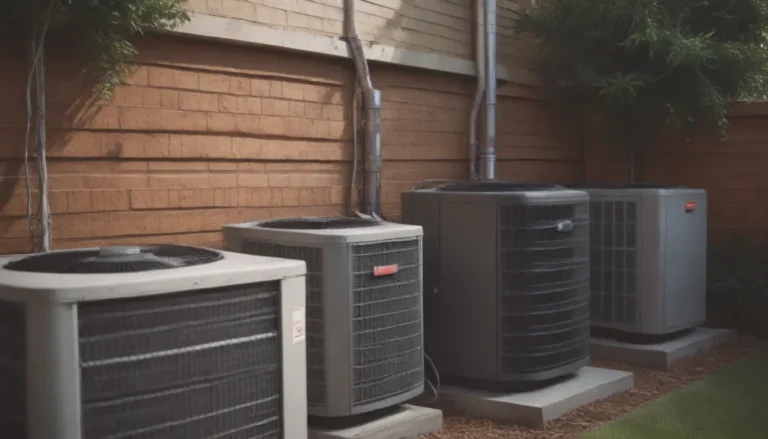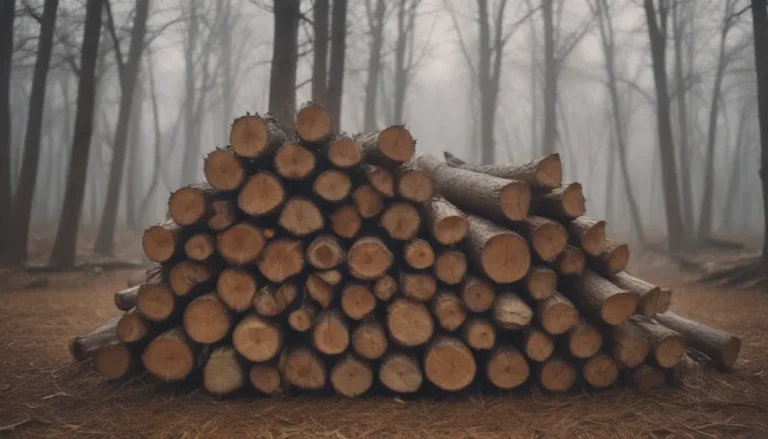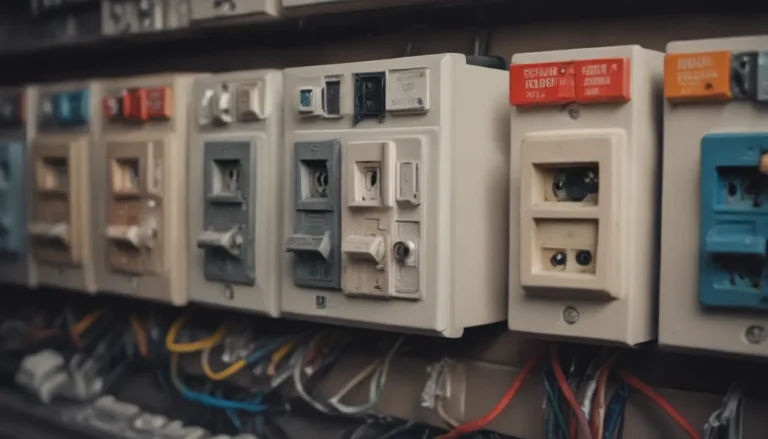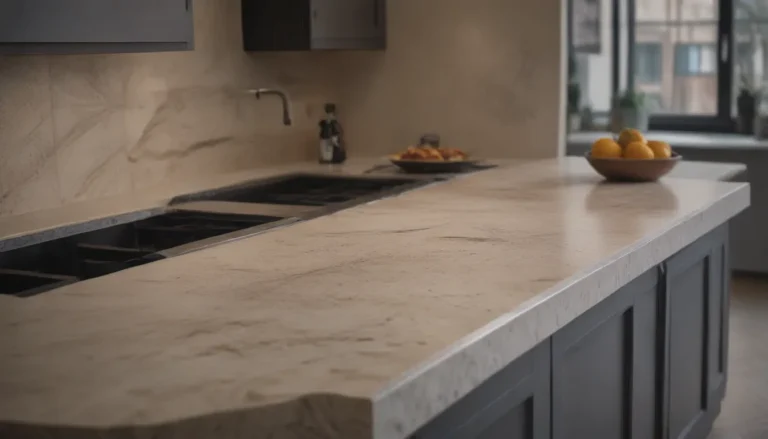The Importance of Timing: How to Properly Space Coats of Paint
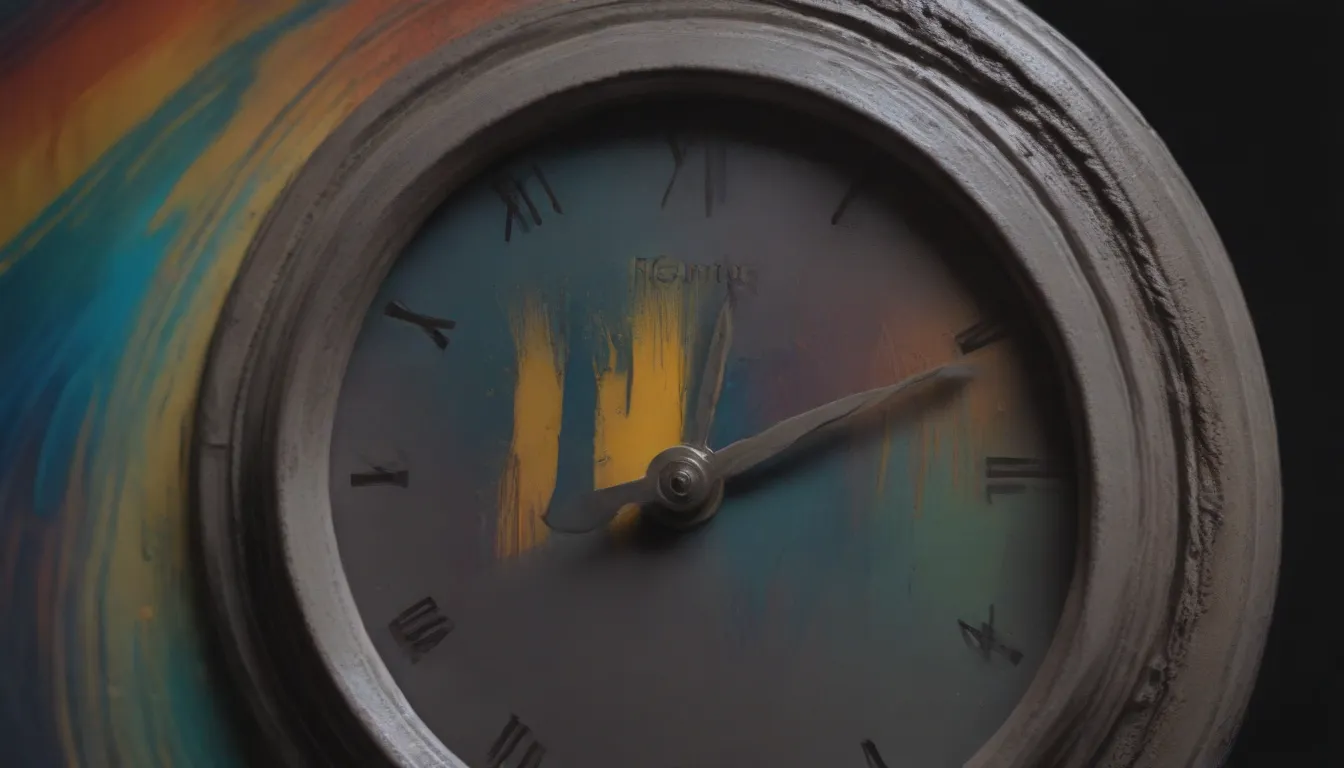
Are you in the middle of a paint project and wondering how long you should wait between coats of paint? Getting the timing right can make all the difference in achieving a smooth, flawless finish. From the type of paint you’re using to the environment in which you’re painting, there are several factors to consider when determining the optimal wait time between layers.
So, how long should you actually wait between coats of paint? Let’s break it down.
Understanding Paint Recoat Time
The duration you should wait between coats of paint, also known as recoat time, varies depending on the type of paint you’re using. For latex paint, it is generally safe to apply a second coat after about four hours. On the other hand, oil-based paint typically requires a longer wait time of around 24 hours before applying the next coat.
But why does paint recoat time matter so much? Applying subsequent coats of paint too soon can lead to a variety of issues, including damaged paint that cannot be easily repaired while wet. It’s crucial to allow each layer to fully dry before adding another to ensure a smooth, professional-looking finish.
Tips for Success:
- Avoid painting over wet paint to prevent damage.
- Wait for the paint to dry completely before sanding or applying additional treatments.
- Always follow recommended wait times between coats to avoid potential problems.
Deciphering Dry, Recoat, and Cure Times
Before diving into painting your walls, it’s essential to understand the different time frames associated with the painting process. Each coat must go through three distinct stages: dry time, recoat time, and cure time.
- Paint dry time: The period it takes for a coat of paint to dry to the touch.
- Paint recoat time: The recommended wait time between coats of paint.
- Paint cure time: The length of time it takes for the paint to fully cure and reach its maximum durability.
What Affects Recoat Time:
- Time: The longer you wait between coats, the better the results.
- Type of paint: Different paints have varying drying times.
- Temperature: Ideal room temperatures promote faster drying.
- Humidity: High humidity can slow down the drying process.
Recoat Time Guidelines for Different Paint Types
Recoat Time for Water-Based Latex Paint
Water-based latex paint typically has a recoat time of around four hours. This type of paint dries faster than oil-based varieties, with flat paints drying quicker than glossy finishes. It’s essential to consider the paint sheen when determining drying times, as glossier paints generally take longer to dry.
Recoat Time for Oil-Based Paint
Oil-based paints require a longer wait time between coats, usually around 24 hours. While these paints are more durable than latex options, they take longer to dry due to the absence of water in their composition. It’s best to wait a full day or more before applying additional coats of oil-based paint to achieve optimal results.
Factors Influencing Drying Times
Several external factors can impact the drying and recoat times of paint, even when painting indoors. Factors such as room temperature, surface material, and ventilation play a significant role in determining how quickly each coat of paint dries.
Consider the Following:
- Temperature: Optimal drying temperatures range from 50 to 90 degrees F.
- Humidity: Excess humidity can prolong drying times for water-based paints.
- Ventilation: Proper airflow can speed up the drying process significantly.
Pro Tip:
- Use a siccative, or oil-drying agent, to accelerate the hardening process of oil-based paint for quicker drying times.
Application Techniques and Recommendations
Whether you’re spraying, rolling, or brushing on paint, the application method can also impact drying times between coats. It’s essential to follow manufacturer guidelines and recommendations to achieve the best results.
- Sprayed Paint: Offers a smooth, even finish but may require longer drying times.
- Rolled-On or Brushed Paint: Provides more control over the application process.
Additional Tips for Faster Drying:
- Use a space heater to increase room temperature and aid in drying.
- Place a room fan near windows or doors to improve airflow and speed up the drying process.
Timing Is Key: Don’t Rush the Process
While it may be tempting to speed through your paint project, taking the time to allow each coat to dry properly will ultimately result in a more polished finish. Waiting at least one hour between coats of paint is generally recommended to avoid issues such as streaks, pulls, and bubbles in the final result.
Primer, in particular, should dry for about one hour before applying paint to ensure optimal adhesion and durability. Remember, it’s better to wait longer between coats than rush the process and risk compromising the quality of your paint job.
In conclusion, knowing how long to wait between coats of paint is crucial for achieving professional-looking results. By understanding the recoat times for different types of paint, considering external factors that influence drying times, and following proper application techniques, you can ensure a smooth, flawless finish every time.
Next time you embark on a painting project, take the time to space out your coats properly for optimal results. Your walls will thank you for it!
